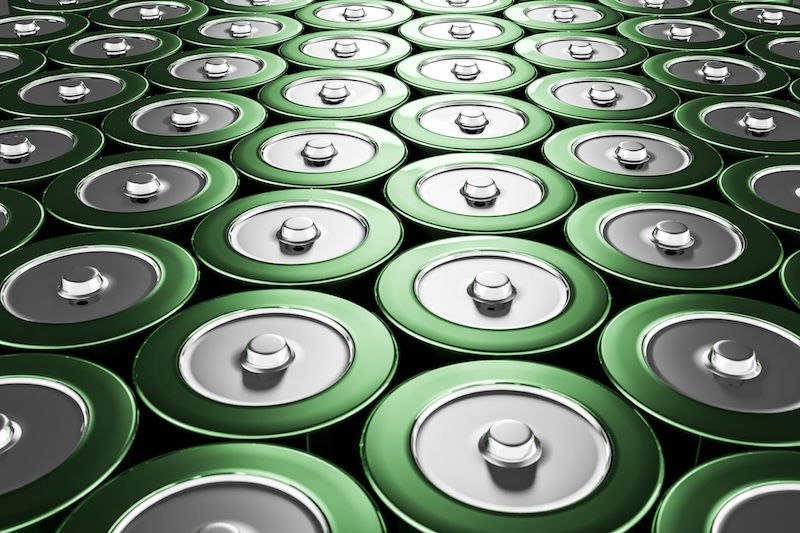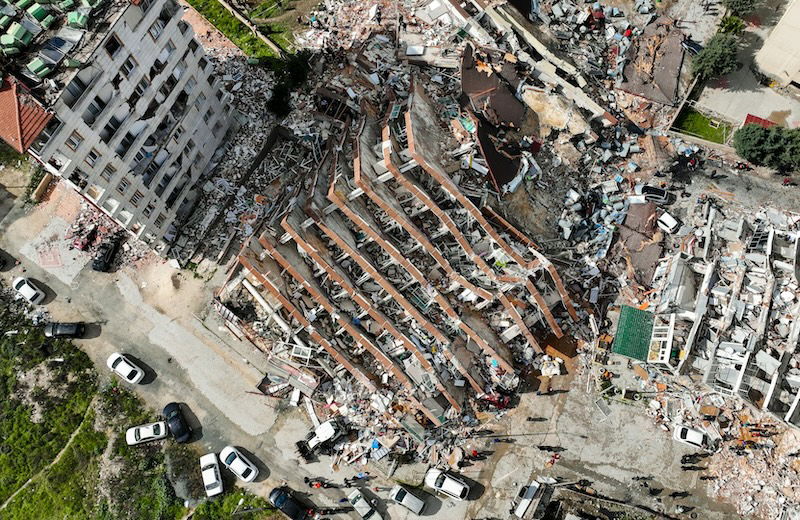
What is coal?
- Coal is a solid, black, readily combustible fossil fuel found as thick layers in deep mines under the surface of the earth.
- It is usually one inch to several feet thick between shale, sandstone and other sedimentary rocks.
- It is formed from the highly compressed remains of plants.
- It contains a large amount of carbon-based material (approximately 50% of its weight).
- It takes a significant amount of time (few million years) for the formation of coal.
- The formation of coal begins in areas of swampy wetlands where groundwater is near or slightly above the topsoil. Because of this, the flora present produces organic matter quickly.
- Layers of organic matter are accumulated and then buried which later on transform into coal.
- The energy from sunlight trapped by dead plants during photosynthesis is finally converted into fossil fuels like coal. Hence we can say, coal is derived from solar energy.
Formation of coal:
- The process of coal formation is called carbonization which is a very slow process and may take thousands of years.
- This process varies slightly in different areas depending on the plants and conditions that are present, but the overall process is similar.
- There are two main phases in coal formation: peatification and coalification.
- Peatification is the process of peat formation due to bacterial activity on the organic matter whereas increasing temperature and pressure after burial and bacterial activity are the main factors in coalification.
- Coal formation occurs in the following steps:
Step 1:
- Coal is formed from plants buried under the earth millions of years ago. In the early geological time, the earth’s surface was not as stable as it is today.
- It is believed that due to earthquake and volcanoes, land masses sank and dense forests were buried under the earth.
- At the same time, plant matter in mires and wetlands, such as ferns, shrubs, vines, trees, and algae died and accumulated on the surface. It was then covered with sediments of mud and clay and sealed up in the earth’s crust.
Step 2:
- The buried plant matter were no longer exposed to air. Anaerobic bacteria then started to decompose the material cellulose and lignin. Hydrogen, oxygen and traces of carbon in plants were removed by bacterial decomposition yielding carbon dioxide, methane and water.
- This burial and decomposition continued for several thousands of years which gave rise to several meters of partially decayed plant matter known as peat.
Step 3:
- The residue became rich in carbon and was compressed under high pressure and temperature of the overlying earth and sediments, and hardened to form gray black substance called the coal.
- When this peat was deeply buried, water and other compounds were squeezed out due to increasing pressure resulting in the formation of the lowest quality of coal, lignite.
Step 4:
- Continued burial, resulting in increasing pressures and temperatures, caused this low quality lignite coal to be transformed into higher quality “black coals”.
- First lignite became sub-bituminous coal which then transformed into bituminous coal and finally, the highest quality anthracite coal was formed.
- As these transformations occurred, the amount of water and other compounds in the coal decreased and the coal became more dense and the carbon content increased.
Types of coal:
- Several intermediate products of carbonization are found, which are:
- Peat
- Lignite
- Sub-bituminous
- Bituminous
- Anthracite
- All these coals have different percentages of carbon in them. The coal having the highest percentage of carbon is taken as the best type.
- Peat:
- It is regarded more as soil than as true coal.
- It is a spongy material formed by the partial decomposition of organic matter, primarily plant material, in wetlands such as swamps, muskegs, bogs, fens, and moors.
- It is formed from decaying vegetation and is actually a preserved blackened organic remains.
- It is sometimes used as a low grade fuel and burns with little heat, much ash and more smoke.
- Lignite:
- It is also known as a brown coal and is more complete substance than peat.
- It is gray or dark brown in color with high water content.
- Upon exposure and weathering, some of this water is given up, and disintegration, or crumbling, of the material occurs, which reduces the value of lignite as a fuel.
- It burns easily and contains plant fossils.
- Sub-bituminous:
- It is also known as black lignite.
- It is generally dark brown to black in color.
- This coal is characterized by greater compaction than lignite as well as greater brightness and luster.
- It consists of less water and has about 42-52% carbon.
- Bituminous:
- It is also called soft coal.
- It is the most common and abundant form of coal used for domestic purpose.
- It is dark brown to black in color and commonly consists of bands or layers.
- It contains minute plant fossils.
- It is black in color and burns with luminous flame and much smoke.
- Bituminous coal has the broadest range of commercial uses among the coals because it is abundant, has relatively low moisture content, easy to transport and store.
- It has long been utilized for steam generation in electric power plants and industrial boiler plants.
- Anthracite:
- It is a dark rock-like solid coal. It is also known as a hard coal.
- It contains high percentage of carbon (more than 90%) and less volatile gases.
- It is the best quality of coal.
- It burns with a pale blue flame despite being difficult to ignite.
- It produces little dust upon handling, burns slowly, and emits relatively little smoke, hence, had a wide domestic use in the past.
- It is rarely used these days for domestic purpose because of its limited abundance and relatively high cost, and also because other sources of energy (e.g., natural gas and electricity) are easily available for heating purpose.
- Peat:

Importance of coal:
- It is an important source of fuel. It is used as source of energy in brick, cement and iron industries.
- It is also used to run the engines of the trains and to generate electricity.
- It is also an important source of a large number of organic compounds which are used in the manufacture of dyes, drugs, explosives, synthetic fibers and synthetic detergents.
- The destructive distillation of coal provides coal gas, ammoniacal liquor, coal tar and coke.
- Coal gas is used mainly as a fuel in industries.
- Ammoniacal liquor is used to prepare fertilizers. For example, ammonium sulphate is made by treating ammoniacal liquor with sulfuric acid.
- Coal tar is a thick black liquid which is used for blacktopping of roads.
- Coke is used as a fuel.
Coal (Formation, Types and Importance)
References:
- https://energyeducation.ca/encyclopedia/Coal_formation







Leave a Comment